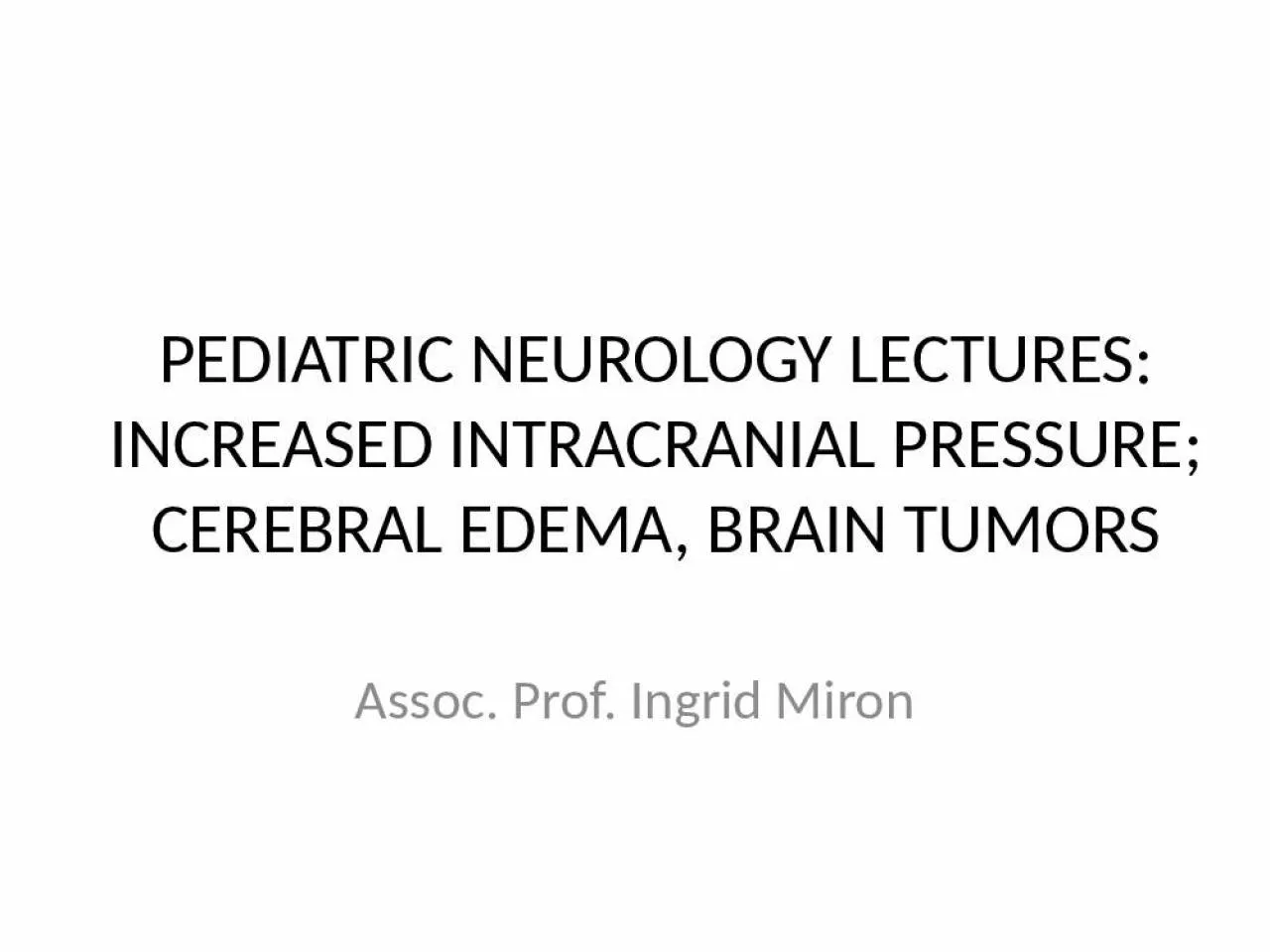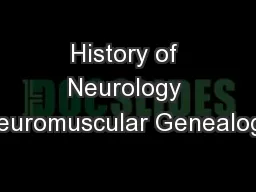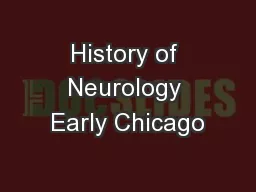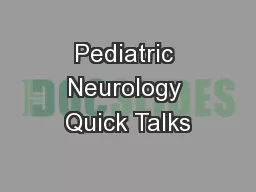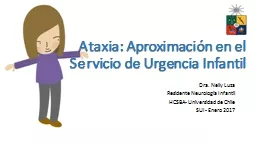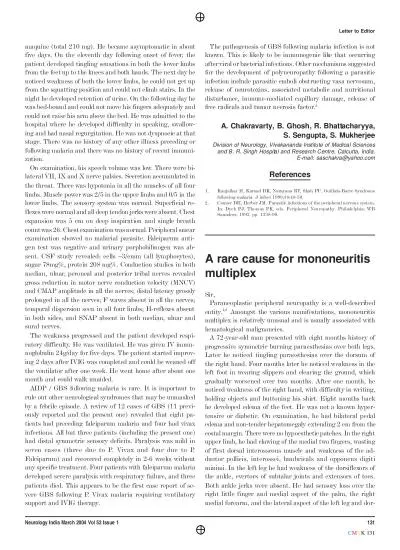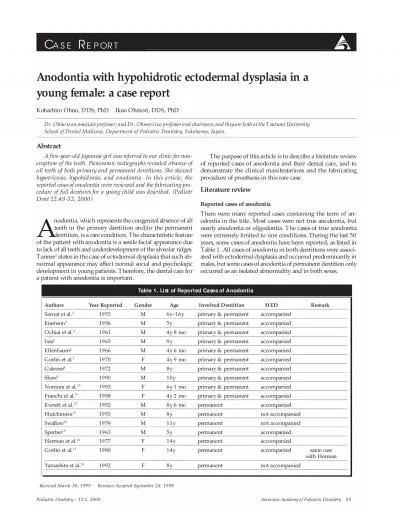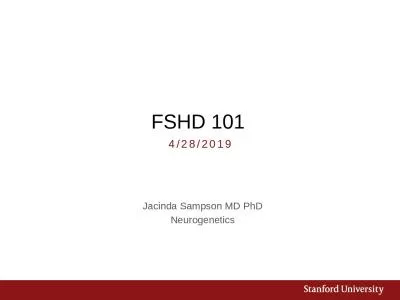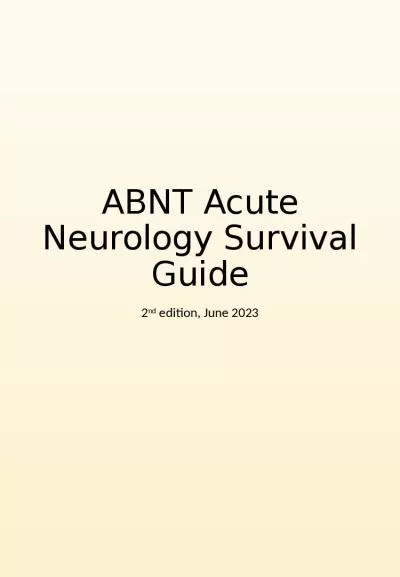PPT-PEDIATRIC NEUROLOGY LECTURES: INCREASED
Author : emma | Published Date : 2022-04-06
INTRACRANIAL PRESSURE CEREBRAL EDEMA BRAIN TUMORS Assoc Prof Ingrid Miron INCREASED INTRACRANIAL PRESSURE SYMPTOMS Headaches of recent onset and increasing
Presentation Embed Code
Download Presentation
Download Presentation The PPT/PDF document "PEDIATRIC NEUROLOGY LECTURES: INCREASED" is the property of its rightful owner. Permission is granted to download and print the materials on this website for personal, non-commercial use only, and to display it on your personal computer provided you do not modify the materials and that you retain all copyright notices contained in the materials. By downloading content from our website, you accept the terms of this agreement.
PEDIATRIC NEUROLOGY LECTURES: INCREASED: Transcript
Download Rules Of Document
"PEDIATRIC NEUROLOGY LECTURES: INCREASED"The content belongs to its owner. You may download and print it for personal use, without modification, and keep all copyright notices. By downloading, you agree to these terms.
Related Documents

